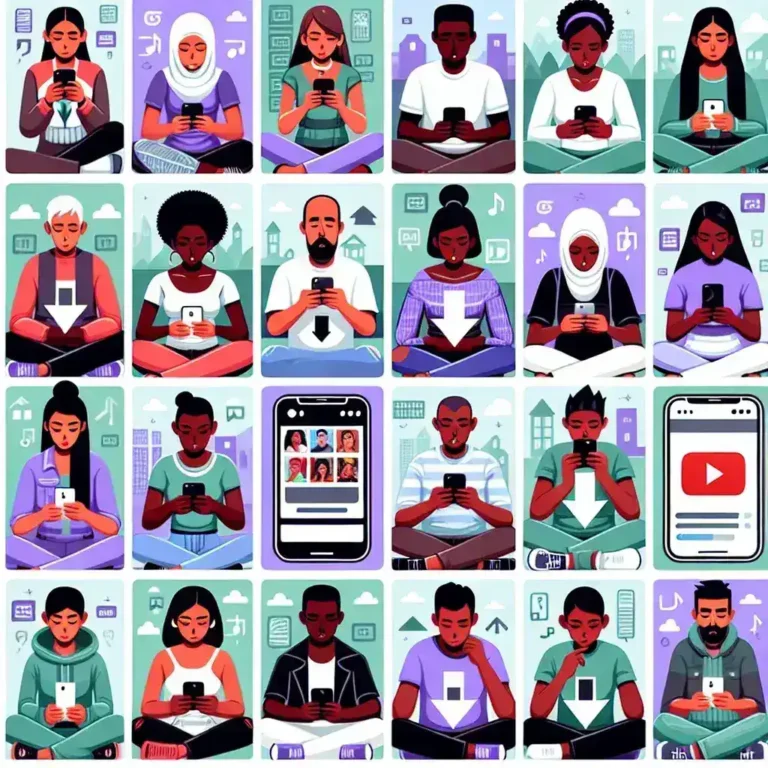Introduction
The concept of a universal translator has long fascinated humanity, from the iconic devices in science fiction to the real-world applications in modern technology. As we navigate a world dominated by Big Tech, the question arises: can a universal translator operate seamlessly across various platforms without compromising user privacy? In this article, we will examine this complex issue, exploring the technological advancements, privacy concerns, and future implications of universal translators.
The Evolution of Translation Technology
Translation technology has progressed significantly over the years. It began with basic mechanical devices and has evolved into sophisticated software capable of understanding context, idioms, and even cultural nuances. Major tech companies like Google, Microsoft, and Amazon have invested heavily in natural language processing (NLP) to enhance their translation capabilities.
Historical Context
From the early days of printed dictionaries to the advent of computer-assisted translation in the 1980s, the journey has been remarkable. The 21st century has seen the rise of AI-driven translation tools that utilize machine learning to improve accuracy and efficiency. However, as these technologies advance, they also raise significant concerns regarding data privacy and user trust.
What is a Universal Translator?
A universal translator is a hypothetical device or software that can translate any language into another seamlessly and in real-time. The idea is to break down language barriers, facilitating communication across different cultures and regions. But can such technology exist without compromising user privacy?
Current Technologies and Their Limitations
Many existing translation tools offer impressive features, yet they often rely on cloud-based systems that require user data to function effectively. This dependence on data raises questions about how safely user information is stored and processed.
- Google Translate: Utilizes vast amounts of data to improve its algorithms but often collects user interactions.
- Microsoft Translator: Provides real-time translation but may store user data for training purposes.
- Amazon Translate: Offers integration with AWS services, potentially exposing user data to third-party access.
Privacy Concerns in Big Tech
The relationship between translation technology and privacy is intricate. Big Tech companies often collect vast amounts of personal information to enhance their products. For users, this means that every interaction with a translation tool can be a potential privacy risk. The challenge lies in balancing the efficacy of translation with the ethical responsibility of safeguarding user data.
Data Collection Practices
All major translation platforms gather data to improve their services, but the extent of this data collection can vary. Users ought to understand what data is collected and how it is used. The following aspects are crucial:
- Cookies and Tracking: Most platforms use cookies to track user behavior, which can lead to privacy concerns.
- Data Retention Policies: Companies may retain user data longer than necessary, increasing the risk of data breaches.
- Third-party Sharing: Some platforms may share data with third parties for analytics and advertising, further complicating privacy issues.
Can Universal Translators Achieve Privacy?
The key to a successful universal translator lies in developing technology that can operate across different platforms without sacrificing user privacy. This can be achieved through several approaches:
1. Decentralized Systems
By utilizing blockchain technology, decentralized systems can allow users to maintain control over their data. This approach empowers individuals by removing the need for centralized data storage.
2. On-device Processing
Implementing on-device processing can minimize the need for cloud interaction, reducing the risk of data breaches. Companies can design software that processes language data locally without sending sensitive information to external servers.
3. End-to-End Encryption
Employing end-to-end encryption ensures that only the intended recipient can access the translated data. This method enhances security and reinforces user trust.
4. User Control and Transparency
Providing users with clear options for data sharing and retention can boost confidence in the technology. By being transparent about data use, companies can foster a more secure environment.
Future Predictions: A Privacy-First Approach
As innovation continues to drive the development of universal translators, the expectation is that privacy-first approaches will become the norm rather than the exception. Furthermore, as consumer awareness of privacy issues grows, companies will likely be compelled to prioritize data protection.
Cultural Relevance in Translation
Understanding cultural nuances is a critical aspect of effective translation. A universal translator should not only interpret words but also convey meanings that align with cultural contexts. This requires extensive training on diverse datasets, which brings us back to privacy considerations.
The Pros and Cons of Universal Translators
Pros
- Enhanced Communication: Breaks down language barriers, enabling seamless interaction across different cultures.
- Increased Efficiency: Saves time and resources in translation processes.
- Accessibility: Makes information accessible to a broader audience.
Cons
- Privacy Risks: Potential for misuse of personal data.
- Quality Control: Automatic translations may lack nuance and accuracy.
- Dependence on Technology: Over-reliance could diminish human translation skills.
Conclusion
The dream of a universal translator that functions seamlessly across Big Tech stacks is tantalizing. However, achieving this goal without compromising user privacy presents a significant challenge. By prioritizing decentralized systems, on-device processing, and user transparency, it is possible to make strides toward a future where universal translators can thrive without sacrificing the fundamental right to privacy. As technology continues to evolve, the balance between innovation and ethical responsibility will be crucial in shaping the landscape of translation technology.




Leave a Comment